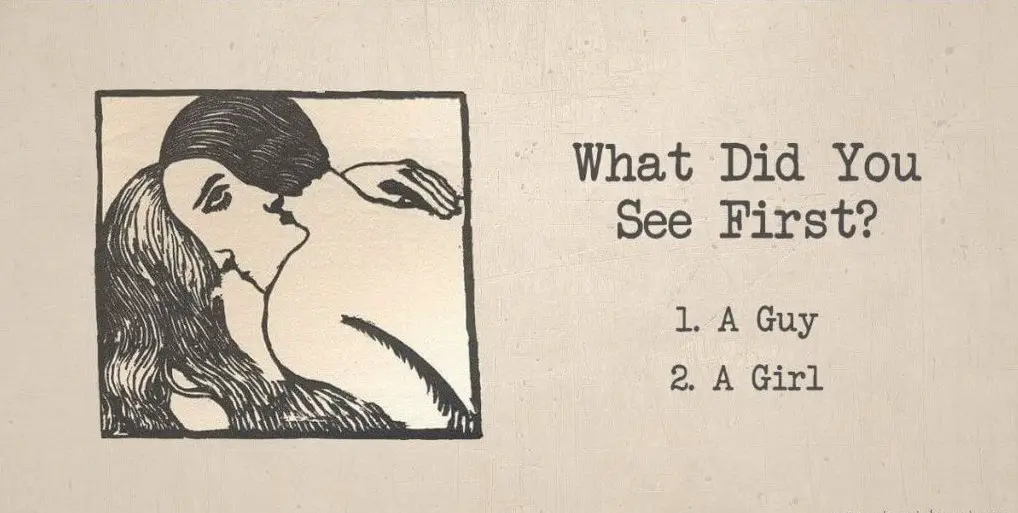Emotional wounds, often more elusive than physical ones, are the scars etched deep within our psyche due to various forms of abuse, neglect, or trauma. These ‘hidden scars’, invisible to the naked eye, can persist for years, silently influencing mental health, personal relationships, and overall life quality. They subtly weave themselves into the fabric of our existence, often unbeknownst to us.
Understanding and recognizing these signs is a vital step towards healing; it enables us to seek appropriate help and prevents us from the chains of our past. This understanding paves the way towards self-discovery and healing, allowing us to reclaim our lives from the shadows of these hidden emotional wounds.
What are Hidden Scars?
Hidden scars are the unseen, psychological remnants of previous emotional harm or trauma. They are not physical marks but rather deep-seated impacts on an individual’s mental and emotional well-being.
Originating from various sources like emotional abuse, neglect, toxic relationships, or traumatic experiences, these hidden scars can profoundly shape a person’s life. They may surface as feelings of worthlessness or pervasive fear, manifest in anxiety or depression, or create obstacles in forming and maintaining healthy relationships.
Even though these scars are invisible, their effects are genuine and can significantly influence an individual’s daily life, behavior, and overall happiness. Recognizing and addressing these hidden scars is a crucial step towards healing and regaining emotional health.
Recognizing the Subtle Signs
Recognizing the subtle signs of past emotional wounds is a significant first step towards healing. These signs may include:
1. Chronic Anxiety and Depression
Persistent feelings of sadness, worry, or hopelessness are often more than just fleeting emotions; they could be indicative of deeper, underlying emotional wounds. These sustained negative emotions can stem from past traumatic experiences or emotional harm that has not been fully addressed or healed. They are like the echo of past pain resurfacing in our present emotional state.
Without proper intervention and healing, these feelings can linger, affecting daily life and mental well-being. Therefore, it’s crucial to recognize these persistent negative emotions as potential signs of hidden emotional scars and seek appropriate help.
2. Difficulty Forming Relationships
Individuals carrying past emotional wounds often encounter difficulties in trusting others and forming meaningful relationships. These wounds, often a result of betrayal, abuse, or neglect, can cause them to build walls to protect themselves from further emotional harm. As a result, they may struggle with vulnerability, fearing that opening up to others will lead to more pain.
This lack of trust can hinder the formation of deep connections, causing isolation and loneliness. It’s essential for those struggling with such issues to seek professional help to heal these wounds and learn healthier ways of relating to others.
3. Low Self-Esteem
A constant feeling of unworthiness or inadequacy often suggests a history of emotional abuse or neglect. Victims of such abuse are frequently made to feel lesser than, inadequate, or unimportant by their abusers, leading to a deeply ingrained sense of worthlessness. This self-perception can persist long after the abuse has ended, affecting the individual’s self-esteem and self-confidence.
It can manifest in various aspects of life, such as work, relationships, and personal goals, leading to underachievement and dissatisfaction. Recognizing these feelings as potential signs of emotional abuse is the first step towards seeking help and healing.
4. Unexplained Fear or Phobias
Certain fears or phobias can indeed be traced back to past traumatic experiences. These experiences can create a robust emotional response that gets associated with specific situations or objects, leading to the development of a fear or phobia. For instance, a person who has experienced a traumatic event involving heights may develop acrophobia, an intense fear of heights.
This is the brain’s way of protecting the individual from what it perceives as harmful based on past experiences. Understanding this link between trauma and phobias can be crucial in seeking appropriate therapeutic interventions to address these fears.
5. Self-Sabotage
People with hidden emotional scars may unknowingly sabotage their own success due to feelings of being undeserving of it. These scars, often resulting from past trauma, abuse, or neglect, can lead to deeply rooted beliefs of unworthiness. As a result, when they find themselves on the path towards success, they may subconsciously engage in self-sabotaging behaviors, believing they don’t deserve to succeed.
This can manifest in missed opportunities, underperformance, or strained relationships. Recognizing and addressing these hidden scars through therapy or counseling can help individuals overcome self-sabotage and realize their full potential.
Healing from Hidden Scars
Healing from hidden emotional scars is a gradual process that requires time, patience, and often professional help. The first step involves acknowledging the pain, which can be a challenging yet crucial part of the healing journey. Recognizing and accepting the existence of these scars allows us to understand its impact on our behavior, emotions, and relationships.
The next step involves seeking therapy or counseling, where a safe and supportive environment is provided to explore these wounds in depth. Therapists can guide individuals through their trauma, helping them develop effective coping mechanisms and strategies to manage their pain.
In addition to professional help, incorporating self-care practices such as mindfulness, meditation, and regular exercise into one’s routine can significantly contribute to the healing process. These practices can help reduce stress, improve mental clarity, and enhance overall well-being.
Lastly, it’s essential to understand that seeking help isn’t a sign of weakness but an act of strength. By confronting our pain head-on, we validate our experiences and take proactive steps towards recovery. This journey may be difficult, but it paves the way for personal growth and emotional resilience.
Final Thought
In conclusion, the journey to healing begins with the recognition of one’s hidden scars or past emotional wounds. These subtle signs often manifest in our behaviors and emotions, silently impacting our lives. However, acknowledging these signs is the first step towards initiating the healing process.
Indeed, the journey may be fraught with challenges, but with the right resources and professional support, it’s entirely possible to navigate through this path successfully. It’s important to remember that therapy, counselling, and self-care practices can be powerful tools in overcoming these hidden scars.
Ultimately, the goal is to achieve emotional well-being and inner peace, a state where past traumas no longer dictate our present or future experiences. This journey is not just about healing from past wounds, but also about reclaiming control over our lives and fostering personal growth.








